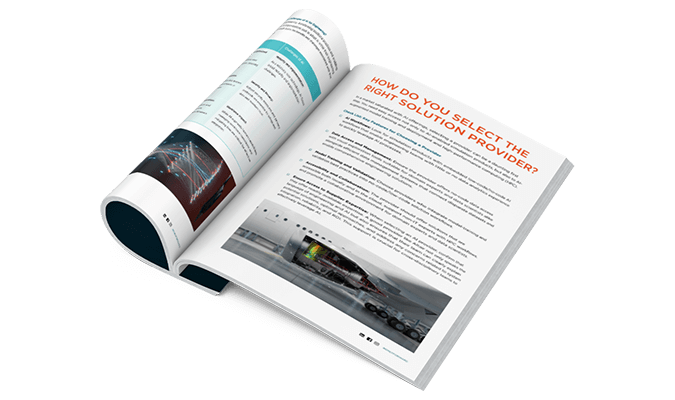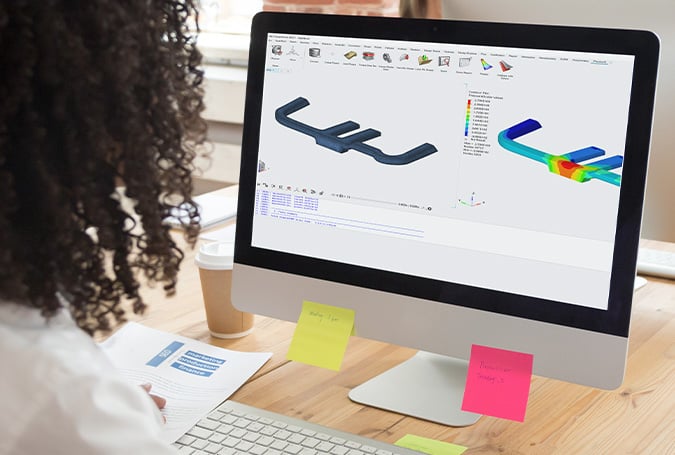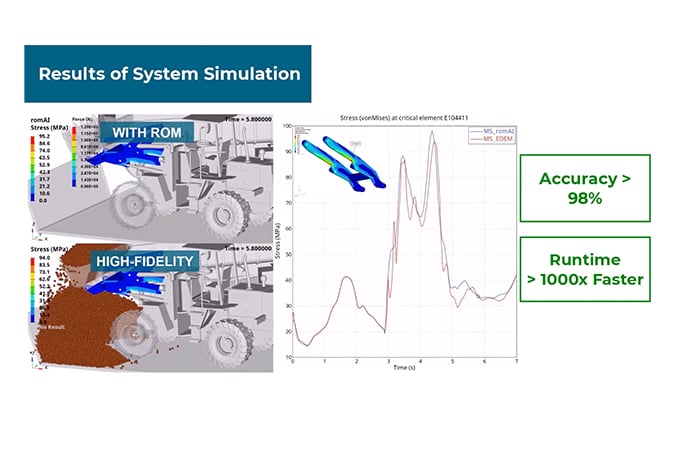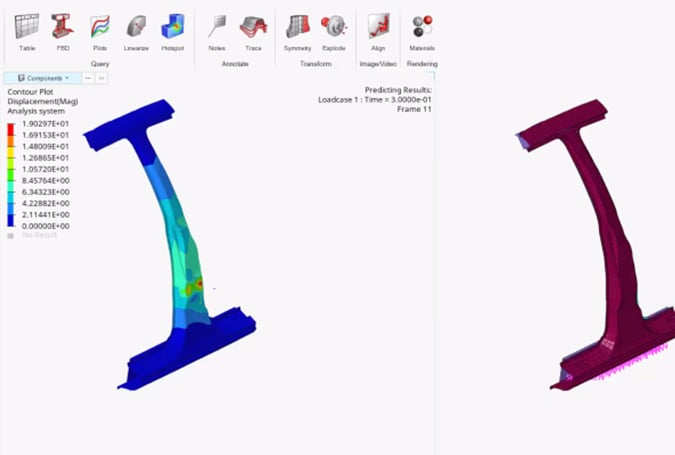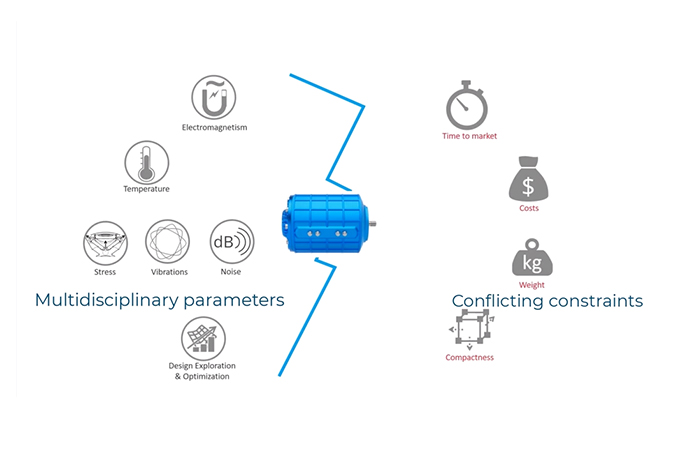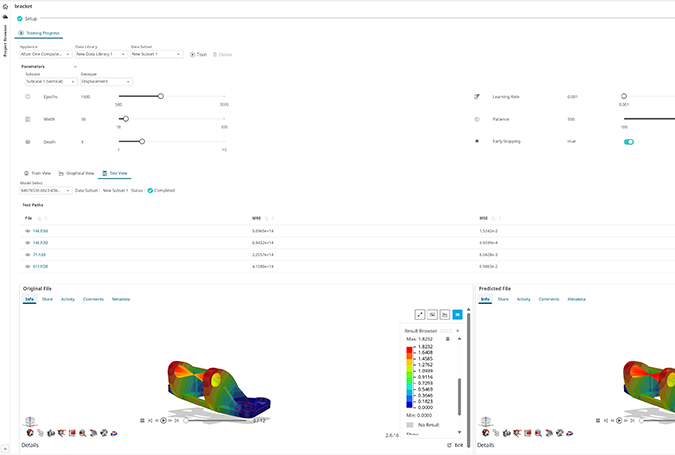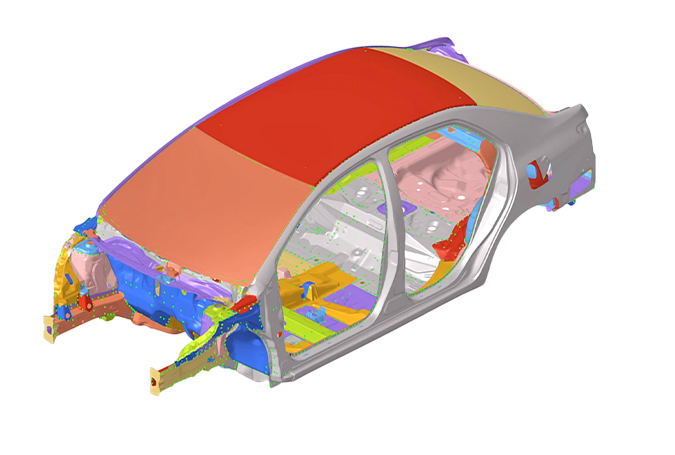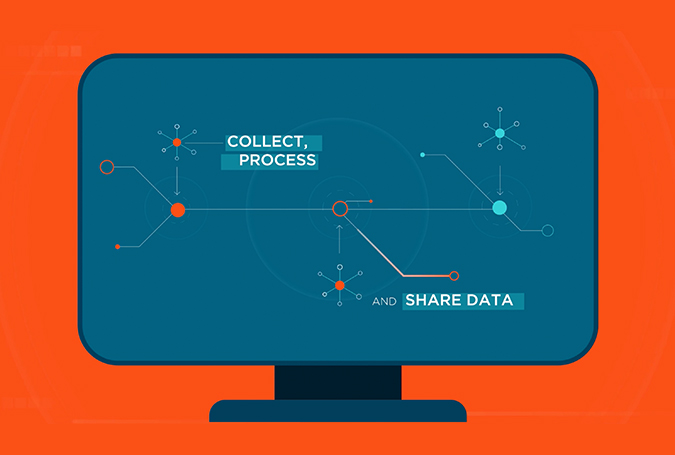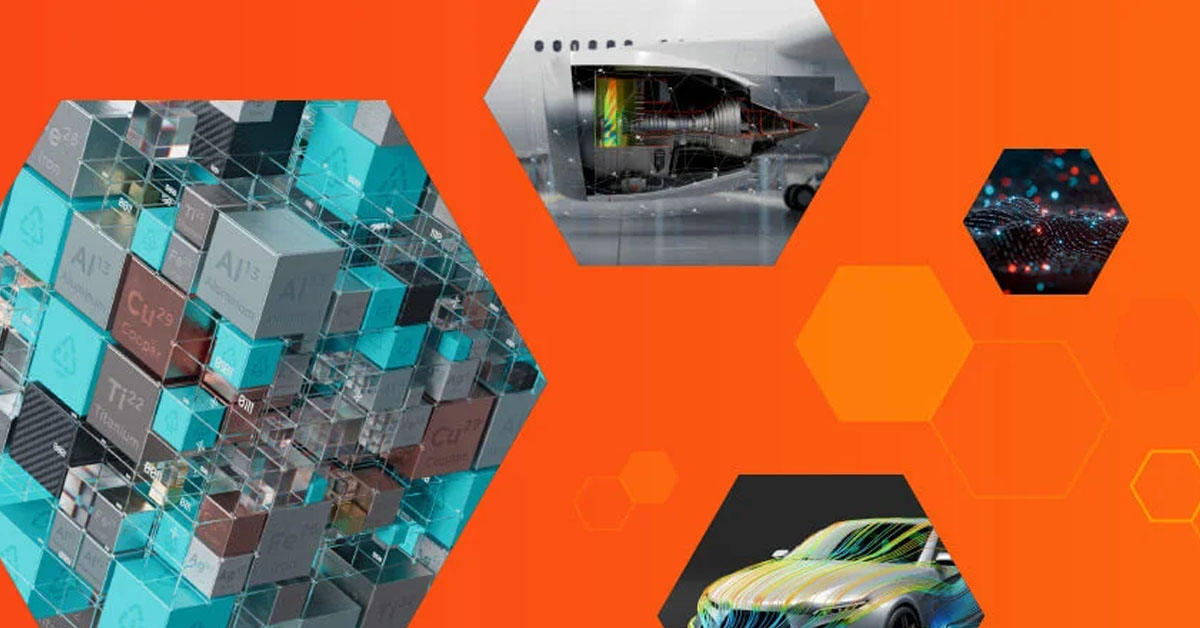AI-Powered Engineering
Everything Solvable | Ask Anything, Solve Everything AI-Enabled Solution
Altair is a trailblazer in unleashing the power of artificial intelligence (AI) across the entire product life cycle, setting the standard in AI-powered engineering. By seamlessly embedding AI into design and simulation tools, Altair accelerates exploration and innovation. Integrated user-friendly workflows, coupled with on-demand high-performance computing (HPC) resources, empower teams to augment AI with human expertise. Extending the power of AI from design and development through to products in service, Altair’s industry-leading, full-service AI enablement platform enhances operational efficiency and maximizes return on investments.
Contact UsThe Future of Engineering is AI
- Supercharge Your Simulations: AI-powered workflows streamline CAE, accelerating product development.
- Unleash the Power of Prediction: Geometric deep learning delivers reliable physics predictions in record time.
- Transform Data into Insights: Effortlessly manage CAD, CAE, and test data to gain future-focused knowledge.
- AI for Any Challenge: Access advanced system simulation methods designed for accuracy with limited data.
- Frictionless AI Adoption: No-code workflows and on-demand HPC simplify AI integration.
- Collaborative Innovation: A unified environment empowers all stakeholders to leverage AI and maximize ROI.

Breakthrough Innovation
Explore designs 1,000x faster than physics-based simulation with embedded AI.
Revolutionize engineering workflows with industry-leading embedded AI that leverages simulation and test data to uncover hidden insights, predict with confidence, and optimize for efficiency.
AI-Powered Workflows
Unleash HPC and simplify data management to augment AI with human expertise.
Streamline design cycles and processes with an easily accessible HPC platform. Benefit from GPU-accelerated AI model training and data generation workflows designed for simplicity, bypassing the need for specialized data science or IT knowledge.


From Design to In-Service
The all-in-one AI-enablement platform for smarter product engineering and more informed business decisions.
Altair's self-service, no-code to full-code data analytics and AI enablement platform empowers users of all skill levels to leverage operational data to accelerate sustainable manufacturing, reduce waste, improve efficiency, and unlock opportunity.
“Altair® romAI™ seamlessly integrated into our current workflow and gave us highly accurate results while reducing the HPC time needed to perform our simulations.”
Federico D’amico, digital engineer specialist, Leonardo
Featured AI-Powered Engineering and Business Solutions
Featured Resources

Creating Tomorrow Panel: Innovating with AI-Powered Engineering
Panel discussion presented as part of Altair's Future.Industry 2024 conference.
Panelists:
Dr. Fatma Kocer | VP Engineering Data Science, Altair
Martin Ortega Breña | Design Manager, Mabe
Carlos Lopes | Director of Advanced Engineering - Americas, Maxion Wheels
Dr. Donald Harby | Data Science and Machine Learning Engineer (Data Scientist), John Deere
Carsten Buchholz | Project Engineer - Hybrid Electric Flight Demonstrator, Rolls Royce
Engineering processes are fast evolving to a new paradigm of hybrid physics and data-driven modeling. Despite the focus on algorithm development for data science, the real challenge in this evolution is identifying value-added use cases and collecting the necessary data. This panel comprises four domain experts who have successfully worked through this challenge in their respective industries. We will ask what value they have identified for data-driven engineering, how they proceeded with their projects, how successes are measured, and how they envision the future of engineering data science. We also have an opportunity to get feedback on what they found helpful from Altair's offerings and collect their thoughts to shape our products.





